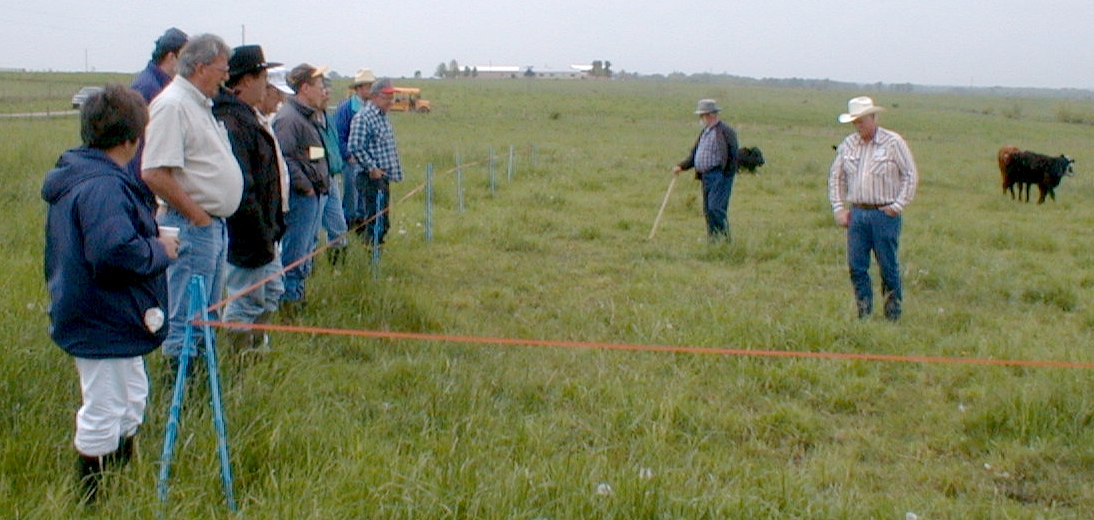Missouri grazing schools teach cost-saving practices

COLUMBIA, Mo. — Producers can ease the burden of rising fertilizer prices by making good use of “free fertilizer” on pastures through management-intensive grazing.
“When cattle rotate through small paddocks, they distribute their manure. This manure is ‘free fertilizer,’” said John Lory, University of Missouri Extension nutrient management specialist, in a press release. “Cattle can cover a field with free fertilizer in three years when they rotate through paddocks. In standard grazing, it takes 27 years to cover a field.”
Management-intensive grazing has many other benefits, both economic and environmental.
In cooperation with USDA Natural Resources Conservation Service, MU is holding three-day grazing schools at locations across the state from now through early October.
“The schools teach the basics of soil science, forage growth, animal nutrition and economics,” said Craig Roberts, University of Missouri Extension forage crops researcher. They also teach the practical things, such as pasture layout, fencing and watering, and how to put it all together in a grazing system.”
The Missouri Department of Natural Resources, the Missouri Department of Conservation and county Soil and Water Conservation districts also contribute to the grazing schools.
“The impact from the practices taught at the grazing schools is $125 million in new money to the state economy each year,” said Roberts. That’s based on a 2018 economic analysis by MU Extension’s Joe Horner, Ryan Milhollin and Hannah McClure. “The increased profit for the state’s beef industry comes from improved animal performance and more performance per acre.”
Additional net returns for cattle producers ranged from $40 to $60 per acre.
Find a grazing school near you at bit.ly/MoGrazingSchools2022.
Miss Clipping Out Stories to Save for Later?
Click the Purchase Story button below to order a print of this story. We will print it for you on matte photo paper to keep forever.

